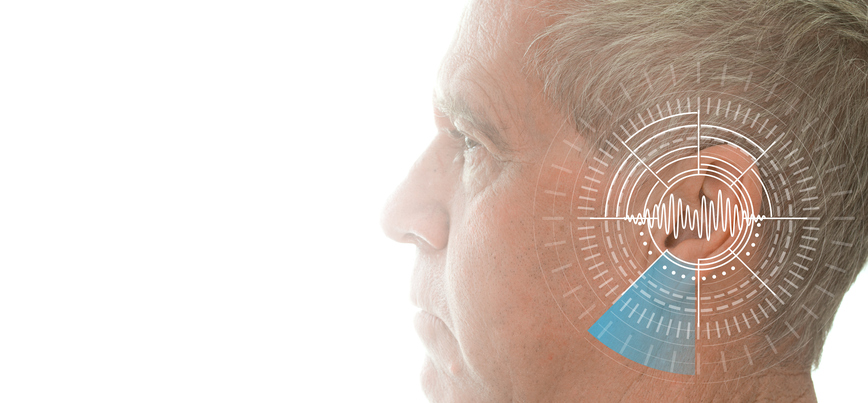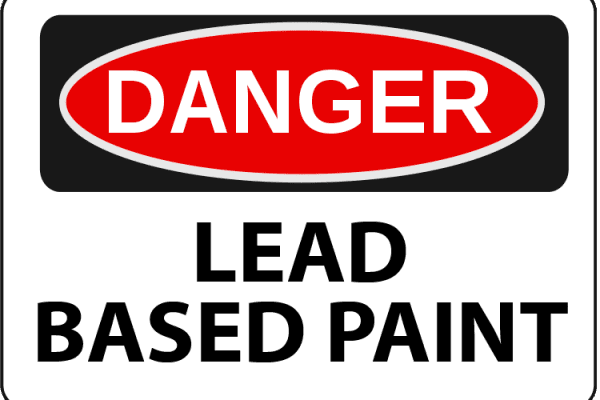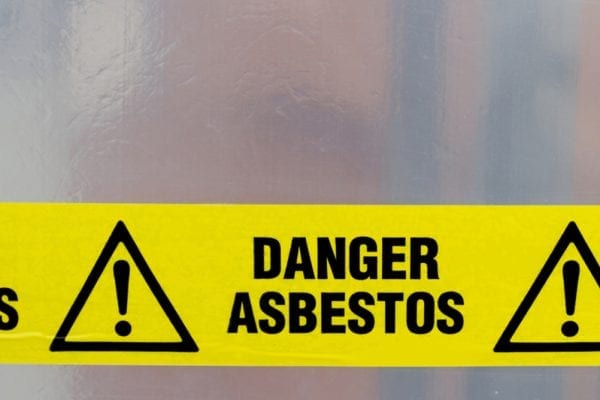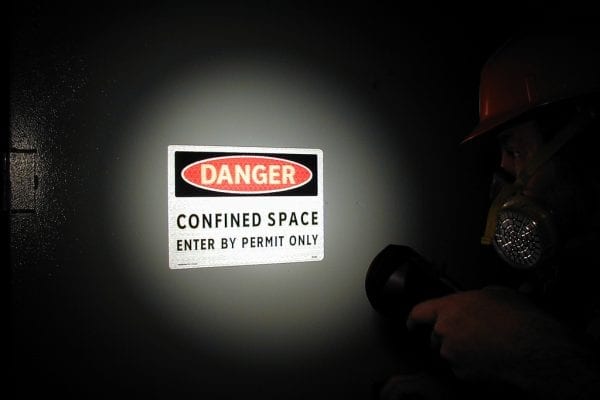Twenty-two million workers are exposed to potentially damaging noise at work each year. Every year, an estimated $242 million is spent on workers’ compensation for hearing loss. On top of that, businesses in the U.S. annually pay more than $1.5 million in penalties for not protecting their workers from noise.
These financial losses represent an enormous human cost, and all of it is preventable with proper noise protection. Here’s what you need to know to ensure your workers are safe.
What Is “Noise” and How Loud is Too Loud?
Noise in the workplace is regulated by OSHA, which defines it as “unwanted sound.” Elevated noise levels can harm workers’ hearing when they occur at high levels and/or continue for a long time.
OSHA sets personal exposure limits (PELs) on noise exposure in the workplace based on a worker’s time-weighted average over an 8 hour day. The permissible exposure limit (PEL) is 90 dBA for all workers for an 8 hour day; and the Action Level (AL) is 85 dBA for an 8 hour day. The National Institute for Occupational Safety and Health (NIOSH) recommends that noise exposure be controlled below a level equivalent of 85 dBA for eight hours, to minimize occupational noise-induced hearing loss.
How Do You Assess Noise Levels?
If you have any concerns about noise levels in your facility, it’s best to hire a professional firm to do an assessment. They’ll conduct two types of noise monitoring to evaluate your level of compliance:
- Area assessment
- Personal assessment
First, they’ll walk through your work areas with a handheld device called a sound pressure level meter (SPL meter) that measures noise levels in the different parts of your facility, and identify elevated noise sources.
Based on the area assessment, your assessors may then recommend personal noise monitoring assessments for any potentially problematic areas. This usually involves equipping about 10-15% of the workers in that area with personal noise dosimeters equipped with microphones placed near the ear. The dosimeters log noise data over the course of the workday. That data can then be compared against OSHA standards.
Typically, the noise assessment will result in one of three recommendations:
- If it’s determined that no workers are exposed to noise levels above the OSHA Action Level, then you need take no further action; unless there is a change in production, process, equipment, or controls that increases noise exposures.
- If any workers are determined to be exposed above the OSHA Action Level (85 dBA), but below the Permissible Exposure Limit (90 dBA), then a Hearing Conservation Plan will need to be developed.
- If any workers are determined to be exposed above the OSHA Permissible Exposure Limit (90 dBA), then a Hearing Conservation Plan will need to be developed and additional monitoring requirements and personal protection requirements will be required.
It’s a good idea to conduct a noise assessment any time something significant changes in the work environment, such as the addition of new equipment or the removal of sound barriers. Many employers find it useful to conduct an annual assessment to address any new situations that may arise during the year.
How to Mitigate Unacceptable Noise Levels
If it’s determined that some or all of your workers are exposed to elevated noise levels, you’ll want to consider a mitigation plan. When possible, focus on reducing or eliminating the source of noise, and/or changing the location of work areas to eliminate exposure. When that is not possible, you may need to issue hearing protection to workers, and train and reinforce their use.
If you think your workers might be exposed to unacceptable noise levels, it’s important to act quickly, before workers are harmed or complaints are brought. We’d love to be your assessment partner. We bring 30 years of experience, and our certified industrial hygienists are waiting to serve you. Contact us today.






